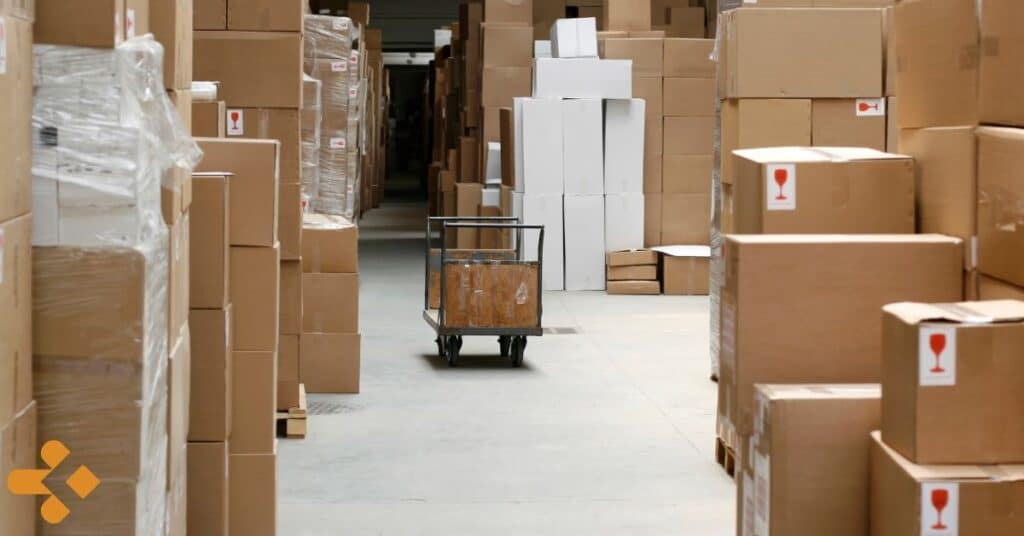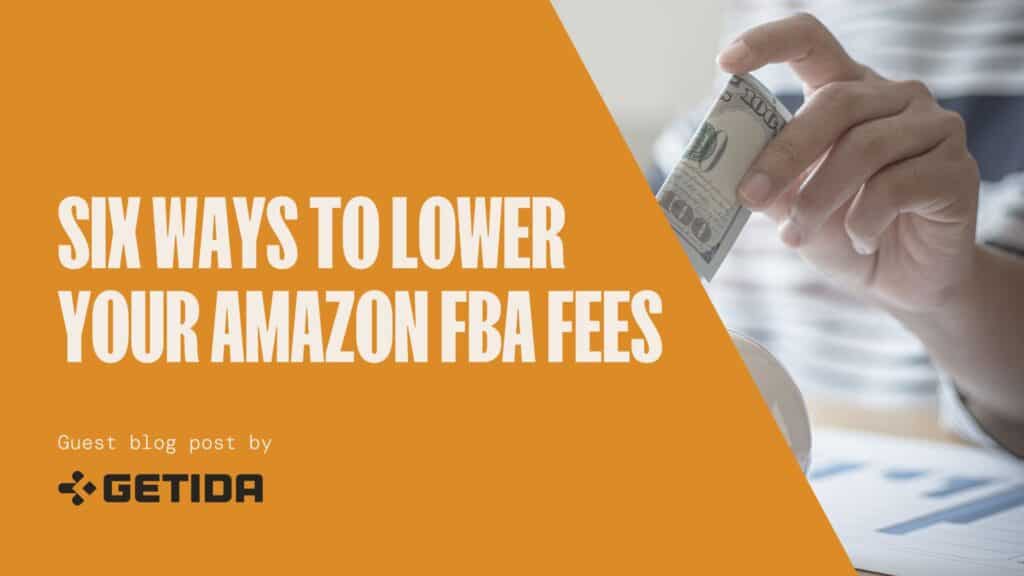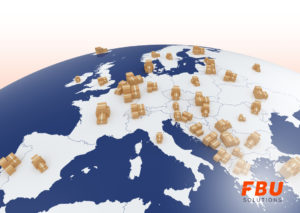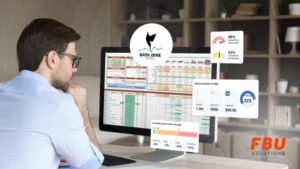As a seller, you are probably quite familiar with the reality of Amazon FBA fees.
Although Amazon FBA fees are a part of life, you can still avoid incurring any charges needlessly. This can be accomplished by altering the way you approach Amazon’s FBA services. With a few little changes, you can save yourself a lot of cash over time. As the money adds up, your bottom line will thank you.
Let’s explore six key strategies that can help you lower your Amazon FBA fees.
What types of changes will lower your FBA fees?
Depending on your current business practices, there are a variety of ways to decrease the amount you pay in Amazon FBA fees. If you apply these effectively, your business will be poised to thrive.
1. Diligently check your product dimensions.
Your FBA fulfillment fees and storage fees are based on the dimensions and weights of your products. Keep in mind that if the product measurements are inaccurately recorded, you could be charged inflated fees for each and every product of that type. This can create a staggering increase in fees over time.
Ensure that you regularly double-check that the measurements of your products match the records Amazon is using to calculate your fees.

2. When products are borderline, optimize.
As you may know, Amazon’s FBA fulfillment fees are determined by the size tier that a product falls into. For example, products that are under 3 lbs or “standard size” only incur fees for their weight category. On the other hand, products that are over 3 lbs will also have a variable weight fee.
This tiered system means that products landing just inside a higher tier incur a higher fee than similar products that are slightly lighter. You should review your listings to see if any items are on the border between tiers, and if so, aim to pull them into a better tier.
Optimizing a product can mean using thinner padding in its box, packing product accessories more efficiently, or even looking at similar products that meet the lower tier criteria.
3. Complete your own product prep.
As an FBA seller, you are subject to many requirements from Amazon. This includes a range of things such as barcode labeling, product packaging, and much more. Certain products such as liquids, powders, batteries, and glass have even more special requirements within Amazon’s system.
You might be tempted to pay Amazon to take care of product prep for you, but this means that you will be paying fees on every unit you sell. Not only this, you will have a longer delay before your products are available for purchase.
You can skip Amazon’s product prep fees by asking if your supplier would be willing to print the necessary barcodes onto your products, add packaging, and meet other FBA standards prior to shipping orders. FBA prep companies may also be able to offer you product preparation services at better rates than Amazon offers.
4. Remove inventory that cannot be sold.
Amazon’s staff inspect all products returned by customers to determine whether or not they can be sold. When a product is classified as unfulfillable, it can no longer be added back to your regular stock to be sold. This means that the product will incur storage fees with no hope of earning you any profit.
You can run an Inventory Health report if you want to find out if you have an unfulfillable inventory. Make sure you check the “Total unsellable quantity” column for an accurate update. Then, you can place a removal order to have the goods returned to you or request that Amazon destroy the unsellable items.

5. Keep storage fees low by managing inventory.
Amazon’s storage fees vary depending on the time of year, and how long inventory has been present in the warehouse. Storage costs from January to September ring in at $0.75 per cubic foot for standard-size products. This goes up to $2.40 per cubic foot from October to December, highlighting the significance of the holiday season. For products that have been in Amazon’s warehouse for over one year, the costs above apply as well as an additional $6.90.
This spectrum of storage prices means that you need to keep an eye on your stock levels. Especially focus on making sure products don’t linger in the warehouse for more than a year.
6. File claims to receive Amazon FBA refunds.
You may not realize that Amazon occasionally charges fees to you incorrectly. When this happens, you can file a claim for an Amazon FBA refund as outlined by the FBA Inventory Reimbursement Policy.
Quite a few sellers do not realize that they might be eligible for a refund when Amazon makes a mistake. As a result, they miss out on sizable sums of money. Why not claim this cashback?
On average, Amazon sellers lose 1% to 3% of their annual revenue to Amazon’s discrepancies. For those with one million dollars in annual revenue, this comes to $10,000 to $30,000. This means that claiming back all of the Amazon FBA refunds that you are entitled to could give a significant bump to your profit margin.
If Amazon damages or loses your products in their fulfillment center, this often merits an FBA refund. Products lost during transit may also lead to an FBA refund.
It is worth noting that Amazon reimburses you the retail value of any products affected by discrepancies. This ensures you get back the cost of sourcing the product as well as the money you would have earned if it had sold.
The catch is that you must make your FBA refund claims within Amazon’s designated timeframes. Depending on the type of Amazon FBA refund you are seeking, this can be up to 18 months. However, some types of claims must be filed earlier than this if you want to be eligible. Those who miss the deadline to file will simply never see their money again.

How Getida can get your money back
Filing Amazon FBA refund claims is a time-consuming process. A thorough audit of your account transactions must be completed if you want to maximize your refund. Unfortunately, many sellers do not have the necessary spare time in their schedule for this task.
Seeking the services of the experts at Getida can help you secure your entire FBA refund. Devoted case managers and specialized software mean that Getida can handle the entire claims process. Meanwhile, you will be free to attend to other areas of your business or relax until your money is returned.
There are a range of ways you can lower your Amazon FBA fees, but filing your FBA refund claims on time is one you should not skip. This is not a task you need to take on alone, especially if you want to get as much cash back as possible. With a little help from Getida, you could give a healthy boost to your bottom line.
It’s free to sign up with Getida and no fees are charged unless they secure your refund. Why not find out how much money you could get back?




